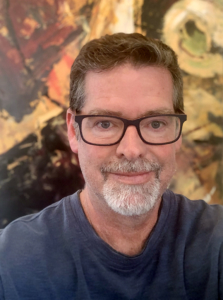How I see it
By exploring the nuances of the nature, one can ascribe an identity to what they see – to search for something familiar to latch onto and form their own relationship to the aesthetic. The true power of an image lies in the fact that it is an abstraction, a parable, and the conveyor of an idea.
I draw my inspiration from the ruggedness and beauty of my surroundings in Colorado. From the unique rock formations to the dusty, dry grasslands in the area, the light and color are unequaled in their quality.
People have been coming to Colorado for decades because of a special connection with nature. One can breathe deeply and see for miles across a vast landscape. When you slow down you can notice the small details of nature that forms this idyllic place. Nature is all encompassing here but there is a strong acknowledgment of the independent and pioneering spirit of the people who use the land, and the questions that are raised about the land’s future.
The seasons in Colorado provide a perfect balance growth, dormancy, death, and regeneration. With a cold wind blowing snow off the mountaintops, there is the anticipation of new life, rejuvenation, and the first blooms. The forms of the landscape twist, converge and erode over one another. I am interested in how these elements combine and how my marks crumble and grow across the canvas. Marks made by chance and others carefully executed add a balanced visual topography. These relationships ask the viewer to interact and turn landscape into experience.
My approach is intuitive and expressive, seeking ways to create a new reality on my terms. Each of us views nature through our own prism. Using design sensibilities and pushing the intrigue of opposites, diminutive to expansive, smooth to rough, it asks, what is the idealization of forms? How is our landscape changed and how do we see it?
Daniel Bahn

